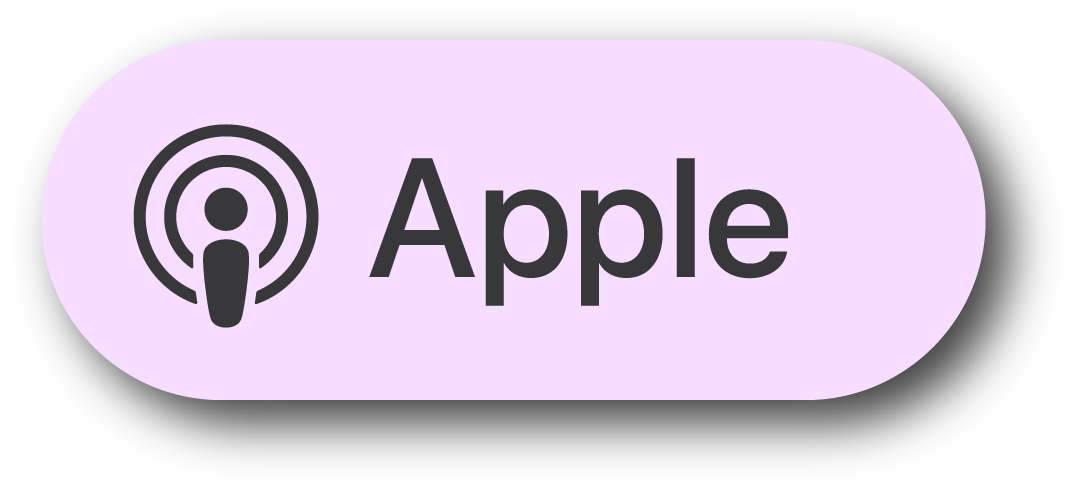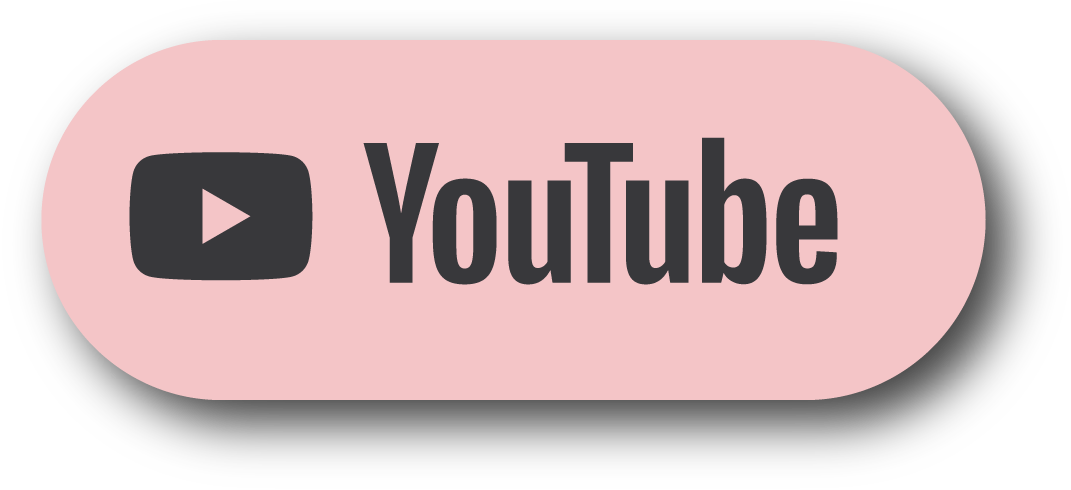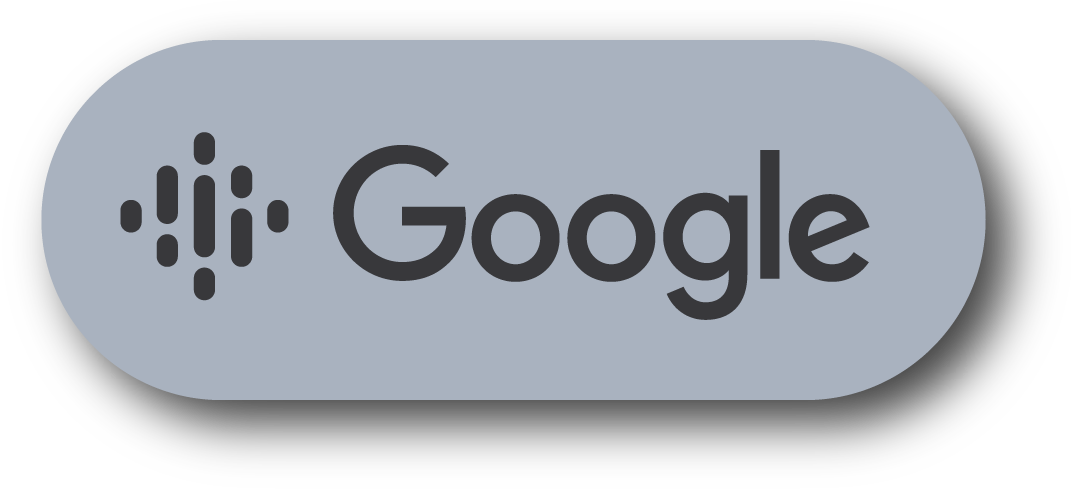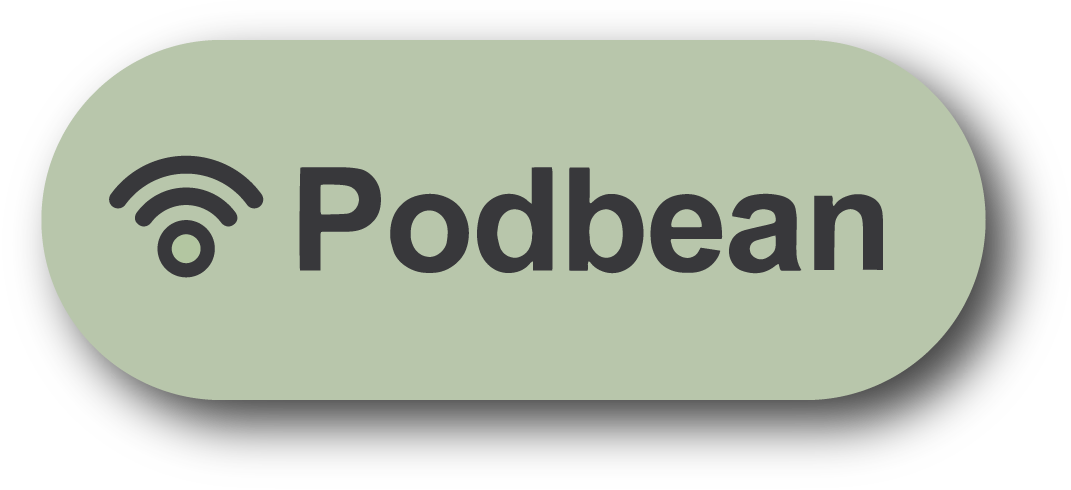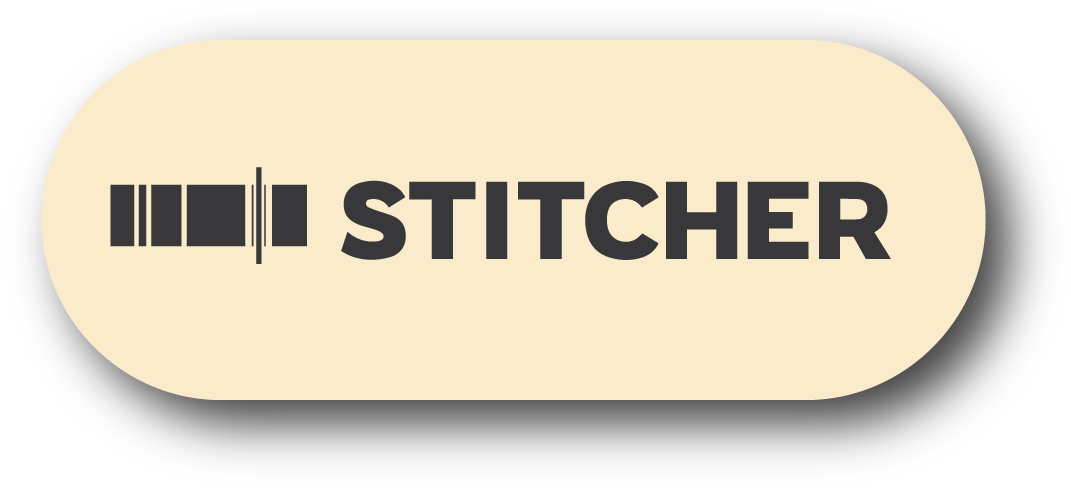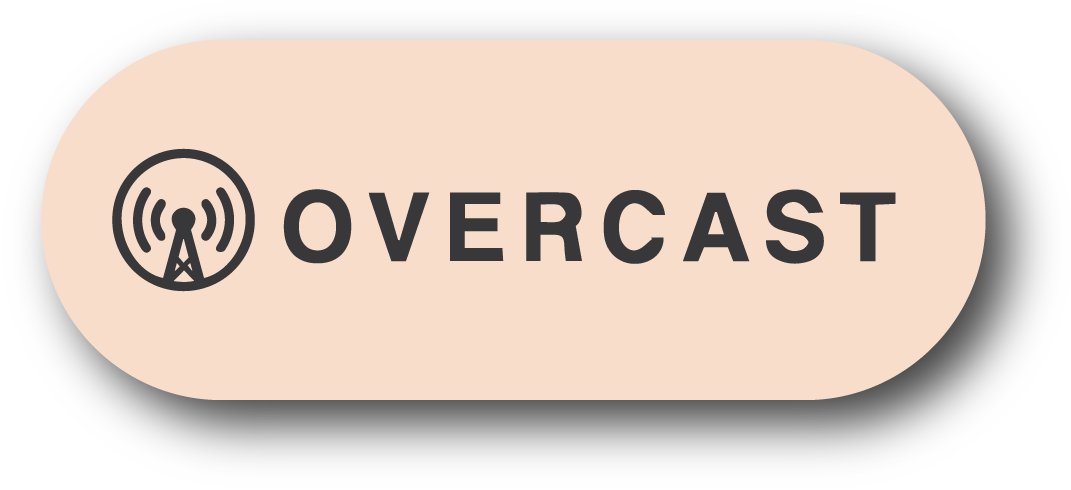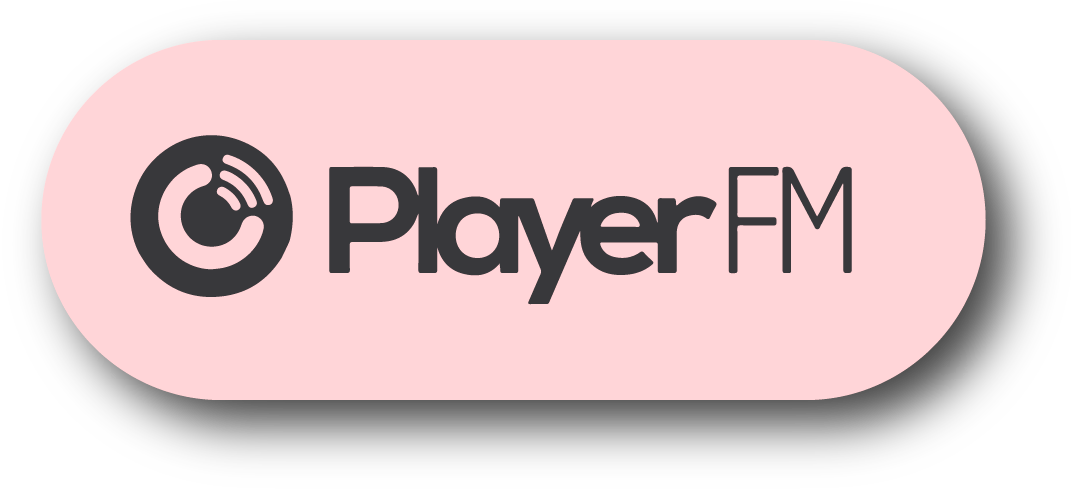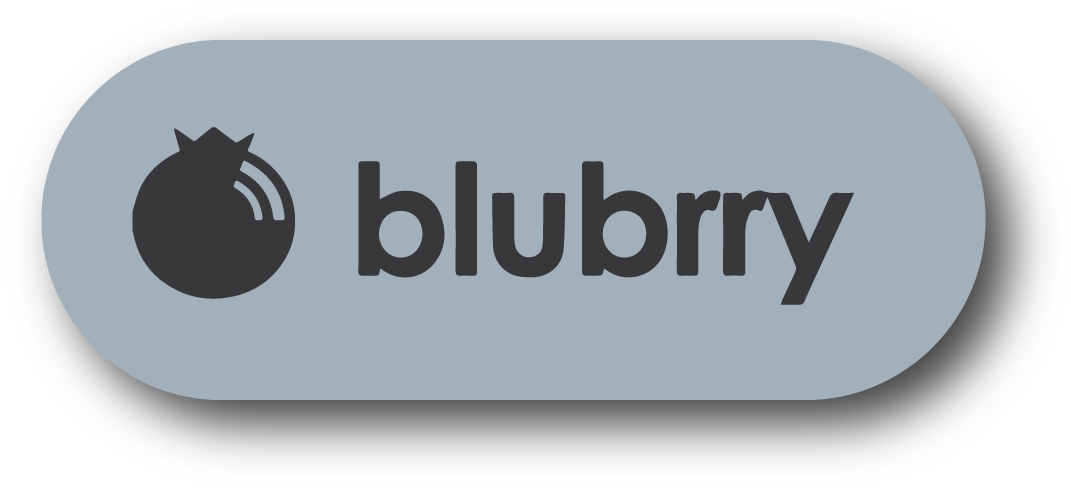#115 - HOW TO DESIGN A PORTFOLIO THAT WILL GET YOU HIRED
SUMMARY
This week David and Marina discuss how to create a design portfolio that will you interviewed and hired. The two cover everything from the critical points most designers overlook and what employers look for in a portfolio to format, binding, book size, graphics, which projects to include, including non-design work, cover design, layout, the order of work, digital formatting, and more. Enjoy and please leave a review if you find episode helpful!
TIMESTAMPS
(05:41) The purpose of the portfolio and how it will be used.
(08:28) Portfolio size: The pros and cons of large and small booklets.
(14:20) Orientation: Choosing between portrait, landscape, or square.
(15:43) Exterior packaging: The relationship to the interior and over-designing.
(20:22) Cover graphics: Staying away from common trends and putting off employers.
(26:10) Binding: The pros and cons of perfect, wire-o, spiral, and custom binding.
(28:41) Viewing speeds: Designing for different levels of engagement.
(36:58) Creating an “A-Team” of projects: The number of pages and what projects to include (and not include).
(47:07) Understanding the portfolio as a slideshow presentation for the interview.
(53:32) Reworking old projects to appear more desirable: Graphics, storytelling, and honesty.
(58:21) Text length: The chances of it being read, benefits of long-form writing, and preparing for interviews.
(01:04:52) Including images that belong to someone else.
(01:07:37) Designing a layout for the interview: Board layouts, multiple-image and single-image pages.
(01:14:34) Ordering the work to leave a good impression by chronology, scale, and type.
(01:17:47) Titles and labels: Communicating clearly, academic verbiage, and highlighting unique qualities.
(01:20:55) Separating oneself from other successful candidates.
(01:22:44) The interview.
(01:23:44) Work samples and digital portfolios: Emailing work, file sizes, resolution, and sending links.
(01:26:54) Updating the portfolio.
(01:28:55) Key points and summary.
